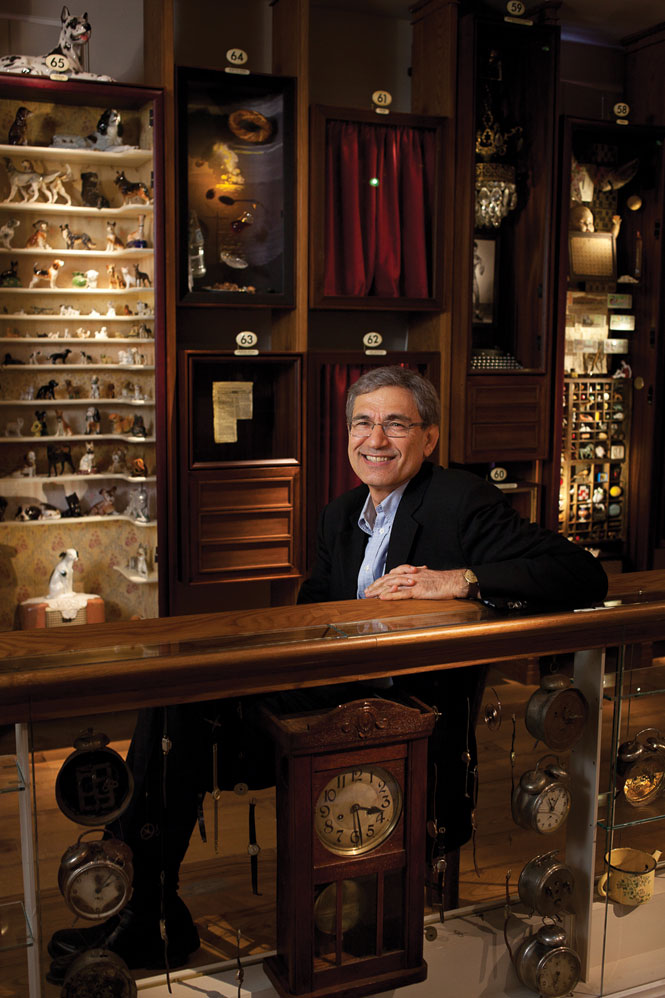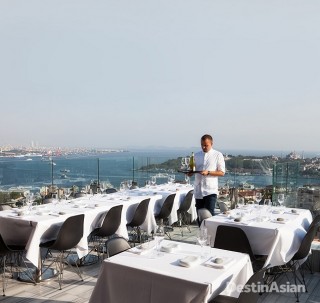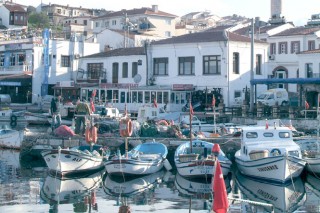A look inside Turkey’s most novel museum
By Ron Gluckman
Photography by Jodi Hilton
Never one to shy from controversy or confrontation, Nobel Prize–winning Turkish writer Orhan Pamuk has created a new stir in his native Istanbul. For a change, though, the author of My Name is Red and Snow is garnering positive notice at home in tandem with accolades from the literary world.
Pamuk’s latest offering is not a work of fiction—well, not exactly—but rather a museum named for and based on his 2008 novel of lost love, The Museum of Innocence, set in Istanbul largely between the mid-1970s and mid-’80s. It tells the story of Kemal, the son of a wealthy industrialist family, and his infatuation with a beautiful teenage shop girl (and distant relative) named Füsun. Their affair is doomed, and Kemal, lovelorn and obsessive, assembles a museum out of objects that once belonged to Füsun.
The Museum of Innocence now has a physical address: an old four-story townhouse in the backstreets of the Çukurcuma neighborhood that Pamuk bought in 1998. Visiting it is like plunging, Alice in Wonderland–style, into the depths of an audacious literary vision.
The lobby is dominated by a wall of cigarette butts, 4,213 in all, each marked with the date Füsun supposedly smoked them from 1976 to 1984. As you move upward, the story unfolds in 83 display cabinets, one for each chapter of the book. Most of the items they contain—odds and ends ranging from ceramic dogs, combs, watches, and buttons to old newspaper clippings and postcards—are as described in the book, collected by Pamuk in his wanderings among the city’s flea markets and antiques shops. On the top floor, a wrought-iron bed sits in an attic space. A plaque notes: Between 2000 and 2007, Kemal Basmaci lived in this room, where Orhan Pamuk sat and listened to his story.
Pamuk says that the novel and the museum are a single work of art, and that he initially planned to launch them simultaneously. “I had thought of the book as an annotated series of notes to the museum,” he explains. The logistics proved daunting, however, so he finished the novel first, but never lost sight of the ultimate goal. Even in its first release, The Museum of Innocence included a map marking the exact location of the museum; an admission ticket printed in the last chapter can now be redeemed by readers.









